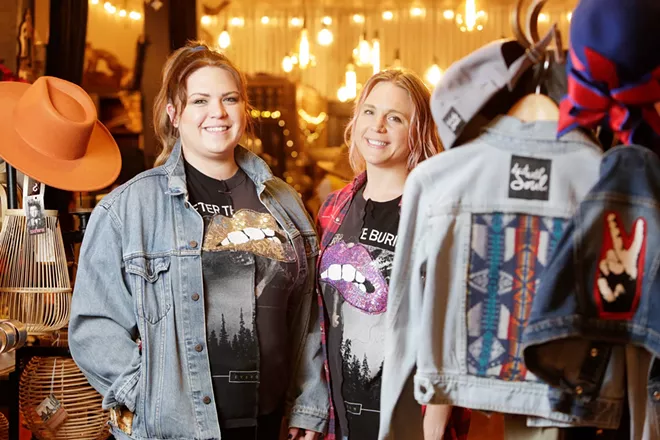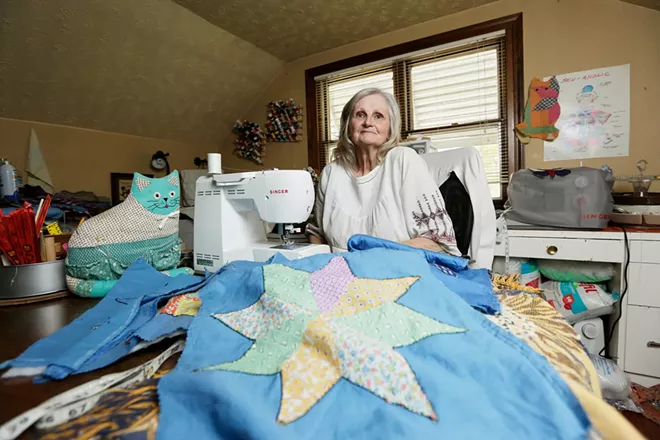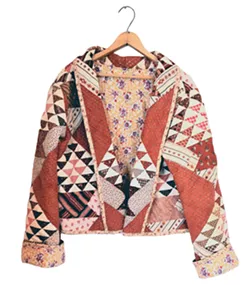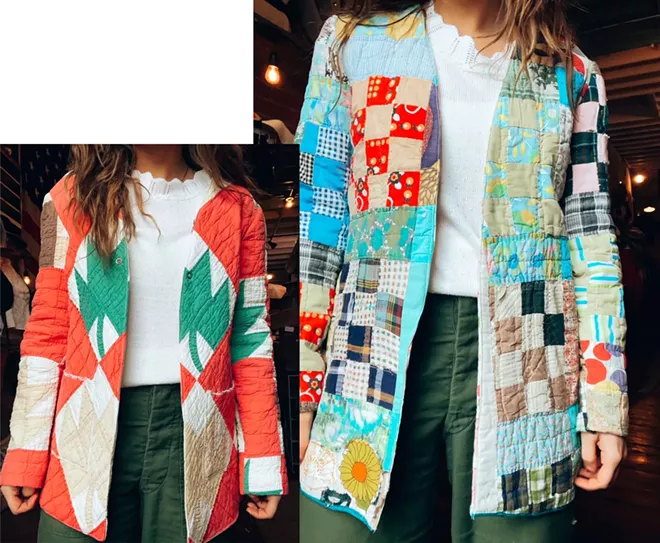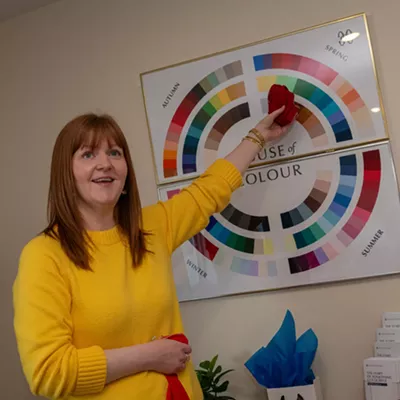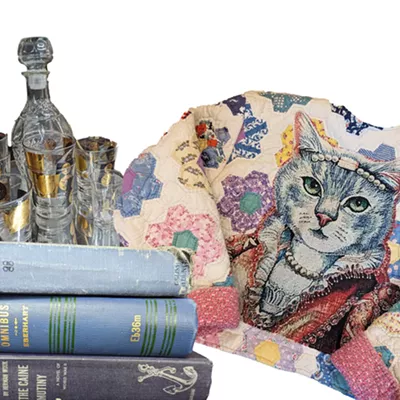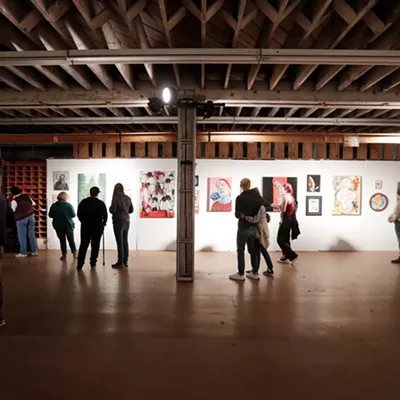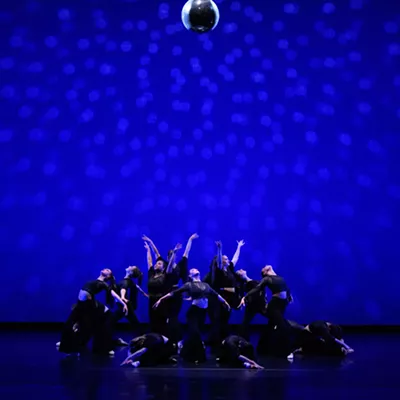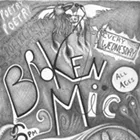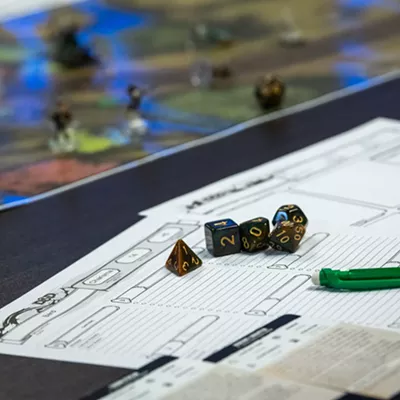Why wear vintage? For vintage fashion enthusiasts, the reasons are as multifaceted as their outfits.
It's a nod to history. Old clothes tell a story and often have special significance. The construction and materials are frequently superior to modern clothing. It's unlikely you'll run into someone else wearing the same piece as you. Even more, wearing vintage is an ultra-sustainable choice when the facts are clear that the fast-fashion industry is wasteful and exploitative.
Uniting these trends of sustainability and originality in a fashion-forward double whammy, a trio of Spokane-area women are taking old clothes and textiles and making them "new" again.
At Do It With Soul, a local brand and boutique that moved into its new storefront in downtown Spokane's West End District early this year, co-owner Erin Corder-Brown repurposes thrifted band T-shirts by stitching cut-out graphics onto vintage flannel button-ups.
The apparel design major who studied at Washington State University breathes new life into myriad other upcycled pieces, with an eye for fun, funky and on-trend streetwear style. Color is added or removed via dye or bleach, and embellishments like patches or sequins are stitched on. Another of her popular creations are "split tees," for which two T-shirts are cut in half, and a side from each is swapped out and sewn to the other.
Do It With Soul, a venture Corder-Brown started in 2013 with her sister, Emily Barbour, also sells vintage pieces as found, along with a curated selection of new clothing that reflects their aesthetic of mixing and matching fashion from different eras. The shop also has accessories and various gift and decor items, both vintage and new, and even vintage furniture.
"I think we got into it because we've done it personally since we were kids, upcycling and adding stuff to [clothes]," Barbour says. "I just found a bunch of pictures of an old sweatshirt where the pouch had ripped off, and I cut apart a Mexican sarape blanket and put it on as the pouch," in lieu of throwing the piece away.
"I don't really recall any defining moment other than just being raised with 'Well, don't toss it out,' and a fix-it type of mentality," she continues.
The sisters' creative frugality morphed into Do It With Soul after Corder-Brown found herself constantly asked by friends, who saw her wearing her custom, upcycled pieces, if she could make them a similar piece.
"I think because I learned how to traditionally sew, and the ways you do it according to the textbook, then I was able — because this has always been my mentality — to learn the rules and break them," Corder-Brown says.
Recycling clothing and textiles is an age-old practice, but has been slowly fading away with recent generations. Consider the 1930s, during the Great Depression, when frugal homemakers repurposed cloth flour and animal feed sacks into clothing, linens, quilts and more.
Some of those feed-sack fabric quilts are now seeing the light of day again, remade as colorful and cozy "quilt coats."
Seated in front of a sewing machine in her cozy, second floor studio, Diane Ellsworth is surrounded by shelves overflowing with colorful, vintage fabrics and well-worn quilts. On a recent spring afternoon, she's making tote bags from salvaged denim patches and even some Star Wars kids' bed sheets from the 1970s. Often, though, she's taking old patchwork quilts too tattered for continued use and piecing less-damaged sections into coats of many colors.
"I love making them," she says of the trending coats, which have a charming, country-chic look and are often worn oversized. "At first I was like, 'I don't want to make those,' but then I really liked them the more I made them."
Ellsworth's quilt coats and other pieces are sold at Teleport Vintage + Co., a shop just north of Spokane's downtown core. She also makes throw pillows from old fabric scraps, and customizes vintage denim — cutoff shorts, jackets and jeans — with colorful patches.
Ann Schluting is another skilled local seamstress making one-of-a-kind coats from old quilts. The longtime vintage reseller recently closed a vendor mall booth to bring her post-retirement business back home, and sells quilt coats on Etsy under the shop name Redux Vintage.
"I've always been interested in vintage and have been a thrifter and reseller most of my life," Schluting says. "I've always loved vintage quilts, and I saw somewhere someone had made a coat out of one, and thought that's a great idea to repurpose quilts that may not have any more life left or need a lot of repairs."
For both Ellsworth and Schluting, cutting apart a family heirloom or well-preserved quilt that's still usable as a bedspread is completely off limits. Both feel it would be unethical, but say there are others out there making coats from rare or extremely old quilts.
"A lot of times, I'll buy just a corner of a quilt that's still good and you really can't even use it as a quilt," Ellsworth says. "I feel like I'm giving it life."
When either Ellsworth or Schluting finds a quilt in good condition, they often contact fellow vintage reseller Jenessa Campbell, who buys and sells collectible and usable quilts (among many other items) via Instagram, @marigold_vintage_ness. The relationship goes both ways; Campbell and other local vintage pickers regularly think of the two as they come across worn-out quilts that can be remade into coats.
"I can't imagine cutting something like that up, if they're all hand stitched and in good condition," Schluting says. "I have a few of my own that I'm going to keep forever."
Even more, both women reuse as much of a damaged quilt as they can. Schluting uses small scraps to make zippered pouches, while Ellsworth has become known for her adorable cat-shaped decorative pillows.
The Do It With Soul sisters feel the same way when it comes to repurposing band tees, which are often highly collectible among fans and vintage collectors.
"I have a Spice Girls T-shirt — I will never cut that up," Corder-Brown says. "Sometimes I leave [shirts] on the rack, so if someone's like, 'I want that as a T-shirt,' fine, buy it, but if you want it added to the back of a denim jacket, come on up."
Taking a tattered quilt, even if it's incredibly old or was painstakingly hand-sewn, and remaking it into a jacket that can be appreciated and used again, is both an art and a practice in history preservation, Schluting says.
"It's an honor to do that, and I feel obligated to make it as beautiful as I can," she says. "I hope it will last another 50, 100 years, and that's what makes it extra fun — it becomes wearable art." ♦

